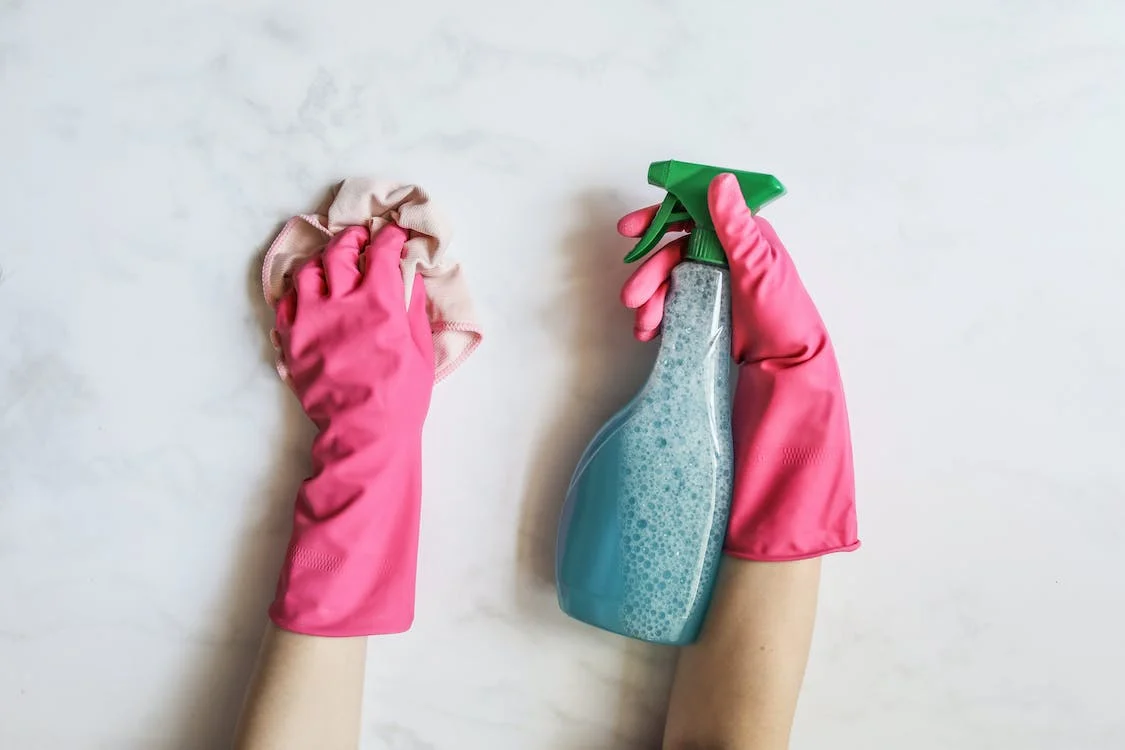You’ve probably heard about the health risks associated with exposure to black mold. You may even have a serious adverse reaction that makes life difficult when you’re around it.
What you probably don’t know, however, is that mold is everywhere in nature. It’s in the air, comes in through your windows and doors, and may even hitch a ride into your house on your clothing or pets.
Mold becomes dangerous when it’s allowed to build its colonies in your living spaces and accumulate up to high concentrations. Here are four ways to know when it’s time to take action.
If you’re concerned about ideal basement humidity, there are several ways to assess your situation. Understanding the moisture levels in your basement is crucial for preventing mold growth and maintaining a healthy environment.
Table of Contents
1. Follow Your Nose
Mold has an unmistakably musty signature odor, but the dangerously tricky part is that when you’re in an area or environment that exposes you to a smell for a long period of time, you tend to lose the ability to notice that particular scent. While this is true of typical household odors that can quite often be comforting or familiar, it also applies to molds.
To get a reset, step outside for a few minutes and then come back inside, intentionally going through every space inside your home. If anything smells musty or stale, it’s worth investigating, though there are other clues to consider.
2. Look for Water Damage
Are there areas in your house where it looks like the sheetrock swelled in the past? Are there watermarks on the trim (especially noticeable on varnished woodwork)? In the basement, is there any evidence that there may have been standing water in the past? These are areas where you may encounter an abundance of mold just waiting to bloom whenever the next rainstorm comes.
One of the best ways to find visible evidence of mold is to head down to your basement or crawlspace, especially if the framing (joists) are exposed (typically so with older houses).
Follow the plumbing, looking for visual clues that water has been present. You will find wetness marks on wood framing and rust on metal strapping; if there’s fiberglass insulation, you’ll see water damage. If any of these signs are present, mold may be as well.
3. Look for Leaks
Molds love a wet environment. Testing for leaks is mostly a visual inspection, as you can easily see moisture on supply plumbing, whether in your crawlspace or inspecting the under-sink fittings in your bathroom cabinets.
Basement Waterproofing is a crucial measure to prevent mold growth, as basements are often susceptible to moisture infiltration. Properly sealing your basement can significantly reduce the risk of mold infestation, safeguarding your home and family.
It’s on the drain side where things can get pretty nasty. Over time, gaskets meant for sealing drains to shower pans and toilets to sewer lines begin to fail. When they do, water seeps out, soaks into your subfloor, and begins going to work. If your toilet is loose on its mounting, or your shower or tub has been developing a creak, your plumbing may be causing problems.
Leaky plumbing is a prevalent cause of black mold growth. If your house is more than five years old, you may want to have an expert take a look and provide a professional assessment, especially if you suspect you may have a mold problem.
4. You See Mold
It may seem overly obvious, but if you see mold, you will want to do something about it, not just anything, but the right thing. When it comes to mold, you want a final result that’s like it never even happened.
To get back to that blissful state, you’re going to want to take certain precautionary steps:
- Don’t disturb mold or try to remove it yourself
- Don’t spray it with bleach or disinfectant
- Don’t blast it with air or try to sweep it away
- Make sure that you turn off your HVAC system
If you have mold, you want to minimize its spread in your house. Shutting down your HVAC system (fans included) is the best way to keep it contained. You may also want to shut the door to the room(s) where you’ve spotted it. Mold can spread through an entire house in less than 72 hours, so you’ll want to call a professional who can address the problem as soon as possible.
Don’t Mess with Mold
The key to success in dealing with mold is to leave it to the pros. Only those who have been properly trained and have the right tools for the job should deal with it. You and your family’s health are too important to compromise.



